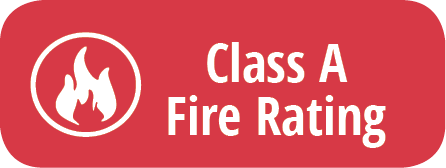Library
Incorporating our EcoFlex Panel and Batten products into your project has never been easier. Download spec sheets, connection details, CAD drawings, and Revit models. For installation assistance, we have product data sheets and helpful installation guides.
Technical Specifications
FORMATTED BY


FORMATTED BY
Revit Models
- EcoFlex Wall Panel Quick Start Guide
- 3" EcoFlex Wall Panel Revit Model
- 4" EcoFlex Wall Panel Revit Model
- 6" EcoFlex Wall Panel Revit Model
- 8" EcoFlex Wall Panel Revit Model
- EcoFlex Wall Panel J Trim Detail Revit Model
- EcoFlex Wall Panel Standard Trim Revit Model
- Multi Width EcoFlex Wall Panel Revit Models
Connection Details
Technical Documents
Warranty Information
Cleaning & Care
Our Products have a Class A Fire Rating
Flame-Spread Ratings
When evaluating building materials for fire safety, factors like ignition temperature, smoke toxicity, and flame-spread need to be taken into consideration. Flame-spread is the rate at which flames spread across the surface of a material, and is tested using the American Society for Testing and Materials (ASTM) Test Method E-84, also referred to as the tunnel test. In this test, a 20 inch wide and 25 foot long sample of the material is installed as the ceiling of a test chamber and then exposed to a gas flame at one end.
The resulting Flame-Spread Rating (FSR) can be measured on a continuous scale, with inorganic reinforced cement board having a 0 rating and red oak earning 100. This scale is divided into three classes: Class I/A (0-25 FSR), Class II/B (26-75 FSR), and Class III/C (76-200 FSR). Generally speaking, materials like brick or tile are considered Class I, while whole wood products are usually Class II, and reconstituted woods such as plywood, particle board, or hardboard are Class III.
Flame-Spread Classification Flame-Spread Rating or Index
Class I (or A) 0 – 25
Class II (or B) 26 – 75
Class III (or C) 76 – 200
The most widely accepted flame-spread classification system appears in the National Fire Protection Association Life Safety Code, NFPA No. 101. This Code groups the following classes in accordance with their flame-spread and smoke development:
Class A – Flame-spread 0-25, smoke developed 0-450.
Class B – Flame-spread 26-75, smoke developed 0-450.
Class C – Flame-spread 76-200, smoke developed 0-450.
